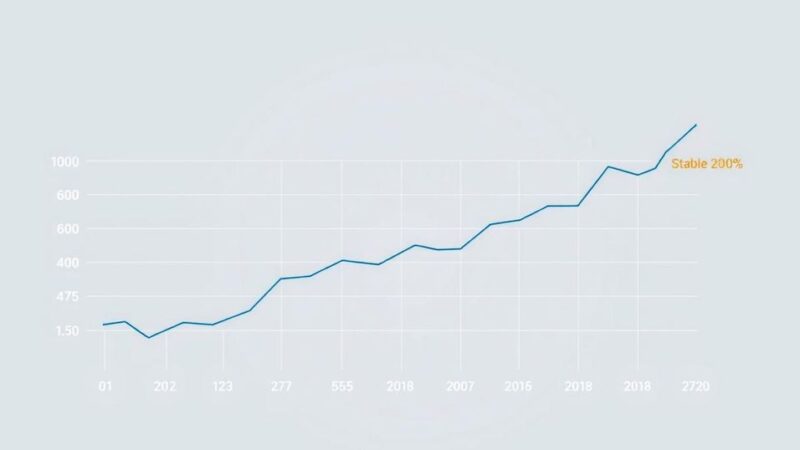Colombia is set to implement a pension reform effective July 1, 2025, introducing a four-pillar system: solidarity, semi-contributory, contributory, and voluntary programs. The reform aims to expand old-age income support. Key changes will affect contribution structures, particularly regarding mandatory public and private components, along with new eligibility criteria for various pension types.
Colombia is restructuring its pension system into a four-pillar model that includes a solidarity program, semi-contributory program, contributory program, and a voluntary program effective from July 1, 2025. This reform is designed to enhance old-age income support for a larger segment of the Colombian population. The legislative changes were enacted by Congress in June 2024, with subsequent regulations anticipated before the system’s implementation date.
Initially, the reforms target men with fewer than 900 weeks (about 17.26 years) of contributions and women with under 750 weeks (approximately 14.38 years) by July 1, 2025. Those with at least 900 weeks for men and 750 weeks for women can continue under the current system. Additionally, individuals approaching retirement age must transition to the new pension system by July 16, 2026.
The contributory program will be restructured, creating a new framework with both public and private components. Under the new schema, all employees will contribute to a public pension fund based on their earnings, while those earning above a specified threshold will also save in individual accounts managed by private pension providers. Contributions will affect employees earning more than 2.3 times the monthly legal minimum wage (SMLMW); the last being COP 1,423,500 in 2025.
For employees earning above the threshold, two components will be created: the Average Premium Component (public) and the Individual Savings Complementary Component (private). Employers and employees will contribute based on these components, while the public component will be mandatory for all salaries within stipulated limits. Overall contributions will primarily finance social assistance benefits.
The semi-contributory program targets those who do not qualify for contributory pensions but have a specified level of contributions. Eligible individuals, with contributions between 300 to 999 weeks, can receive a semi-contributory pension, receiving a government subsidy, while those with fewer than 300 weeks can claim their contributions back as a lump sum.
Individuals qualifying for the solidarity program will receive a basic pension if they meet certain age criteria and other conditions, such as residing in Colombia and being classified as impoverished by the government.
The voluntary program allows employees to make optional contributions to retirement plans structured by private providers. These plans can be tailored for individual or collective investment and provide various features like customized contributions or withdrawal options after certain periods.
Employers must prepare for the implications of the new contributory program, particularly regarding the change in contribution obligations starting July 1, 2025. Basic rates of contribution will remain unchanged at 12% for employers and 4% for employees, but additional rates for higher earners will expand from 1%–2% to 1.5%–3%, warranting payroll adjustments. Employers are encouraged to consult with Lockton for guidance on how these changes may impact retirement benefits and financial education for employees.
The pension reform in Colombia restructures the existing system into a more inclusive four-pillar approach aimed at enhancing pension security for all citizens. By introducing the contributory, semi-contributory, solidarity, and voluntary programs, the government hopes to extend benefits to a broader population, particularly the vulnerable. Employers must adjust to the new contribution rates and regulatory requirements, emphasizing the need for financial planning and employee education about the changes.
Original Source: global.lockton.com






